Choosing The Best Shoes for Toddlers Learning to Walk
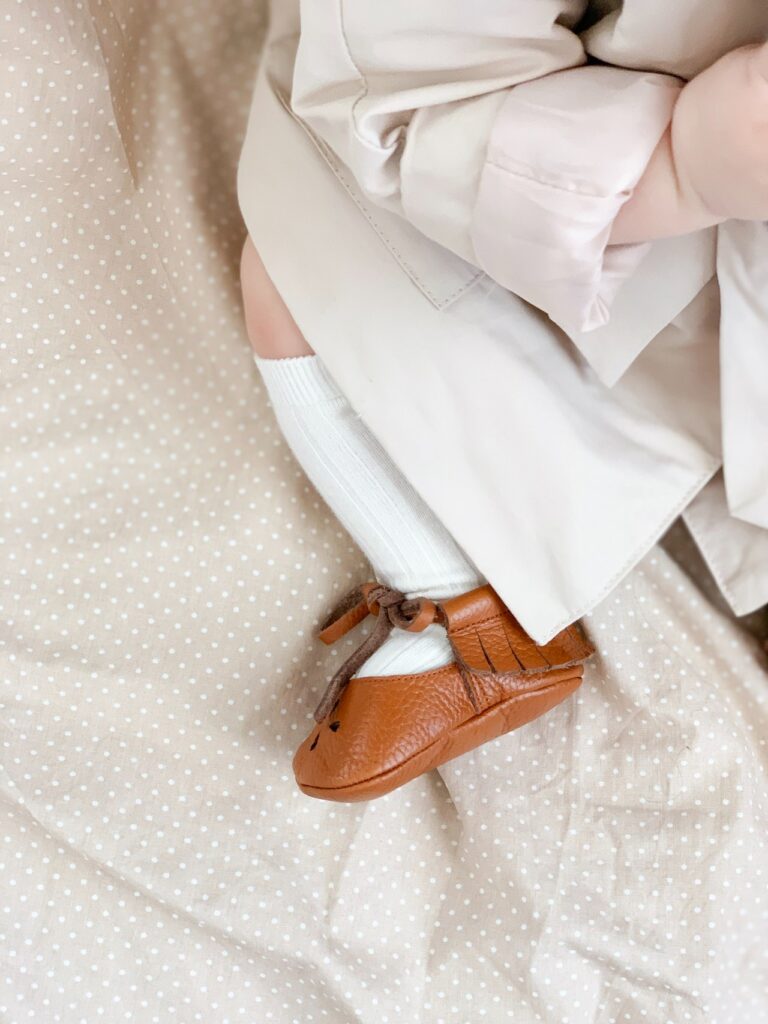
Why choosing the right shoes is important: When toddlers are first learning to walk, it’s crucial that they have shoes that support their developing feet and help them maintain balance and stability. The wrong shoes can impede their progress or even lead to injuries.
The right shoes can play a key role in helping toddlers develop strong and healthy feet, as well as improving their overall balance and stability as they learn to walk. When toddlers are learning to walk, their feet and ankles are still developing, and they need shoes that can provide the right level of support and flexibility to allow their feet to move and grow naturally.
In contrast, shoes that are too rigid or heavy can restrict their movement and impede their progress. Shoes that are too loose or too tight can also interfere with their balance and stability and increase their risk of falls and injuries.
That’s why it’s important to choose shoes that are designed specifically for toddlers and have features that promote healthy foot development, such as a soft, flexible sole, a wide toe box, and adjustable straps or laces. By selecting the right shoes, parents can help their toddlers stay comfortable and safe as they explore their world on two feet.
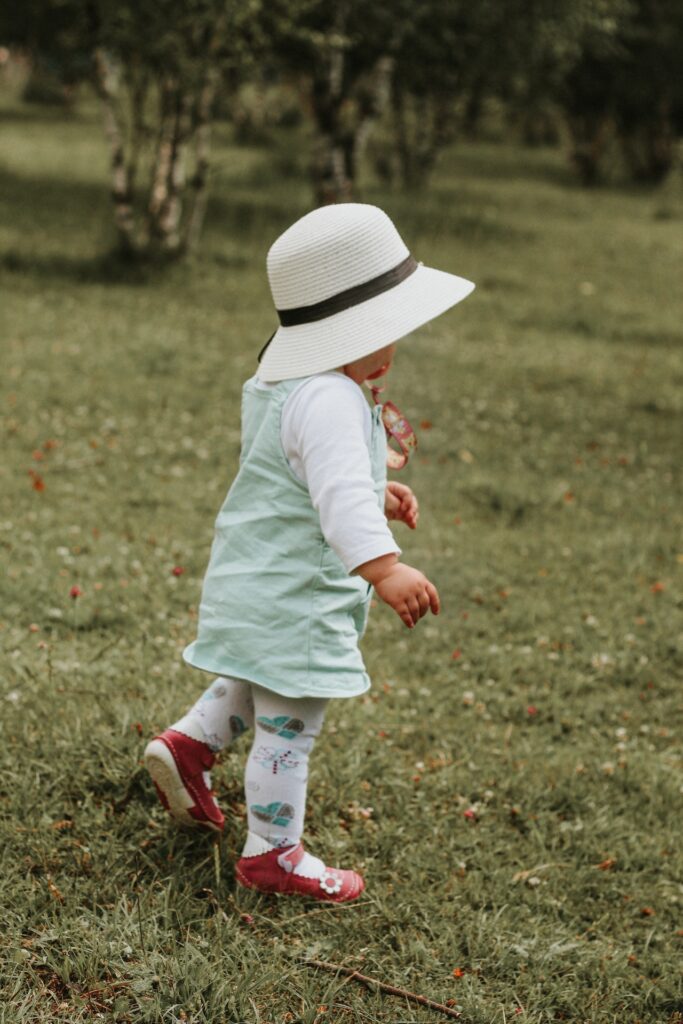
Characteristics of good shoes for toddlers: The ideal shoes for toddlers learning to walk should be lightweight, flexible, and have a soft, non-slip sole. They should also have a wide toe box and enough room for the child’s toes to wiggle and move freely. Shoes with laces or straps that can be adjusted for a snug fit are also helpful.
- Lightweight: Toddlers are just starting to build up the strength and coordination they need to walk, so heavy shoes can be a hindrance. Lighter shoes will make it easier for them to move their feet and maintain their balance.
- Flexible: As toddlers take their first steps, they need to be able to feel the ground beneath their feet and use their muscles to adjust their balance. Shoes that are too stiff can interfere with this process and make it harder for toddlers to develop good walking form.
- Soft, non-slip sole: Toddlers are still learning how to coordinate their movements, and they may be unsteady on their feet. Shoes with a soft sole will help cushion their steps and provide some extra grip to prevent slips and falls.
- Wide toe box: Toddlers’ feet are still growing and developing, and they need plenty of room to spread out and move around. Shoes with a wide toe box will give them the space they need to wiggle their toes and develop strong foot muscles.
- Adjustable laces or straps: Toddlers’ feet can change size and shape quickly, so it’s important to have shoes that can be adjusted to fit them snugly without being too tight. Shoes with laces or straps that can be tightened or loosened as needed will help ensure a comfortable, supportive fit.

Types of shoes to avoid: Avoid shoes with thick, heavy soles, as these can make it difficult for toddlers to feel the ground beneath them. High-top shoes or boots can also be restrictive and make it harder for toddlers to move their ankles and feet.
Here are a few more types of shoes that parents should avoid when choosing shoes for toddlers learning to walk:
- Shoes with a heel: Toddlers need a flat, stable surface to learn how to balance and walk. Shoes with a heel can throw off their balance and make it harder for them to find their footing.
- Tight or narrow shoes: Shoes that are too tight or narrow can pinch or squeeze the toddler’s feet, causing discomfort and potentially interfering with their foot development. It’s important to make sure there is plenty of room for their toes to move around.
- Slip-on shoes: While slip-on shoes can be convenient for parents, they can be a hazard for toddlers who are still learning to walk. Shoes that slip off easily can increase the risk of tripping and falling.
- Shoes with a lot of embellishments: Shoes with large, bulky embellishments like bows, buckles, or straps can be heavy and cumbersome, making it harder for toddlers to move their feet and maintain their balance. Simple, lightweight shoes are the best choice for toddlers learning to walk.
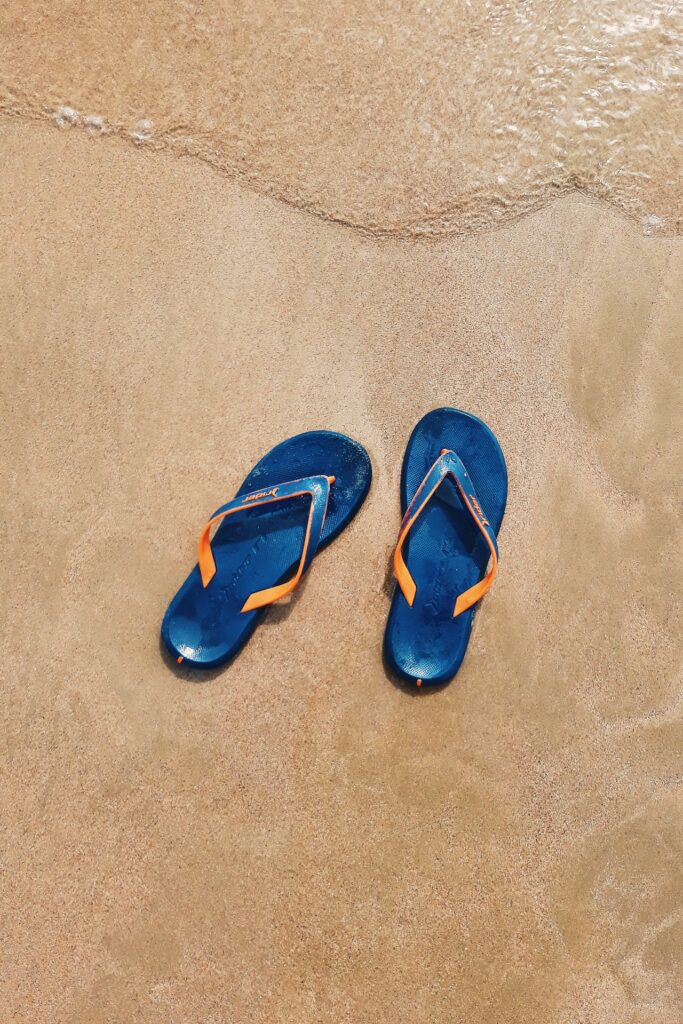
Top shoe brands for toddlers learning to walk
Here are some of the top shoe brands for toddlers learning to walk:
- Stride Rite is a popular shoe brand for children that offers a range of styles for toddlers learning to walk. They offer soft, flexible soles and adjustable straps or laces for a secure fit.
- Robeez is a brand that specializes in soft-soled shoes for infants and toddlers. Their shoes are made of high-quality materials and feature non-slip soles for safety.
- Pediped is a brand that offers a range of shoes designed specifically for the needs of growing feet. They have soft, flexible soles, adjustable straps or laces, and a range of styles for both boys and girls.
- See Kai Run offers a range of shoes designed with a focus on healthy foot development. Their shoes have flexible soles and a roomy fit to allow for natural foot movement.
- Livie & Luca offers a range of stylish and playful shoes for toddlers learning to walk. Their shoes feature soft, flexible soles and adjustable straps for a secure fit.
- Clarks is a popular shoe brand in the UK that offers a range of shoes for children, including those who are learning to walk. They offer soft soles, adjustable straps or laces, and a variety of styles for both boys and girls.
- Start-Rite is another popular shoe brand in the UK that offers shoes specifically designed for children’s feet. They offer flexible soles, adjustable fastenings, and a range of styles to suit different needs.
- Bobux is a New Zealand-based shoe brand that offers a range of soft-soled shoes for infants and toddlers. They offer a variety of styles, all with a focus on healthy foot development.
- Geox is an Italian shoe brand that offers a range of shoes for children, including those who are learning to walk. Their shoes feature breathable materials and flexible soles to support natural foot movement.
- Froddo is a Croatian shoe brand that offers a range of shoes for children, including those who are learning to walk. Their shoes feature soft, flexible soles and adjustable straps or laces for a secure fit.
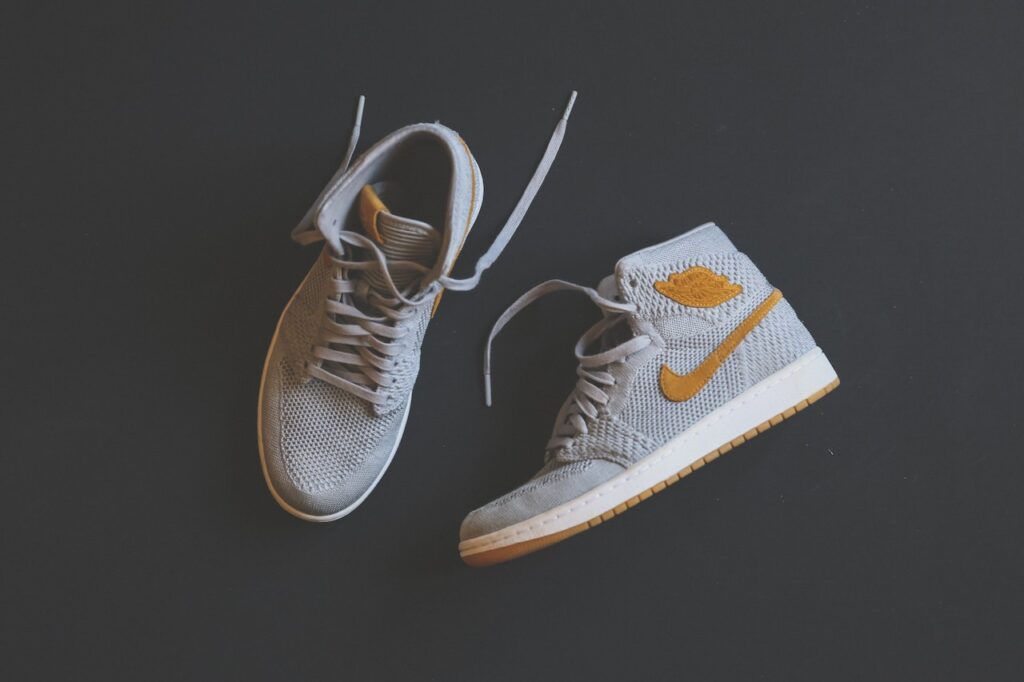
Fitting shoes: It’s important to measure your child’s feet regularly to ensure a proper fit. Look for shoes that are about a half size to a full size bigger than their measured size to allow for growth. Have your child try on shoes and walk around in them to make sure they are comfortable and don’t rub or pinch anywhere.
Taking into account the specific needs of your child’s feet and health is crucial when choosing shoes, and providing a supportive and encouraging environment for them to learn to walk is important for their development.
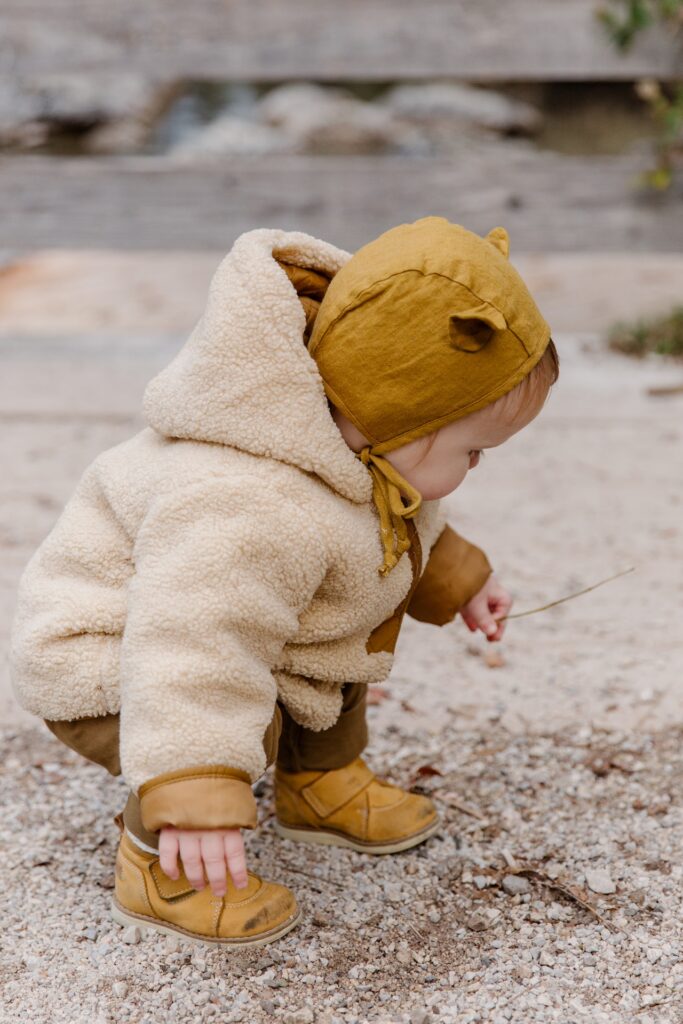
Encouraging your child to walk and play in their new shoes can help them feel more comfortable and confident in their footwear.
- Praise their efforts: Encourage your child to take a few steps in their new shoes, and then offer plenty of praise and positive reinforcement to help build their confidence.
- Start with short periods of wear: Allow your child to wear their new shoes for short periods of time, gradually increasing the duration as they become more comfortable.
- Provide a safe environment: Make sure your child has a safe and supportive environment in which to practice walking and playing in their new shoes. This can include a soft and level surface and a low-stress, low-pressure atmosphere.
- Make it fun: Try to make walking and playing in their new shoes a fun and enjoyable experience for your child. You could incorporate fun activities or games that involve walking, such as walking races or treasure hunts.
- Keep them clean and comfortable: Make sure your child’s new shoes are clean and well-maintained, and keep an eye out for any signs of discomfort or irritation. This will help them stay happy and comfortable in their new shoes.
Remember, every child is different, and some may take longer to adjust to their new shoes than others. Be patient and supportive, and your child will eventually become comfortable and confident in their new footwear.

